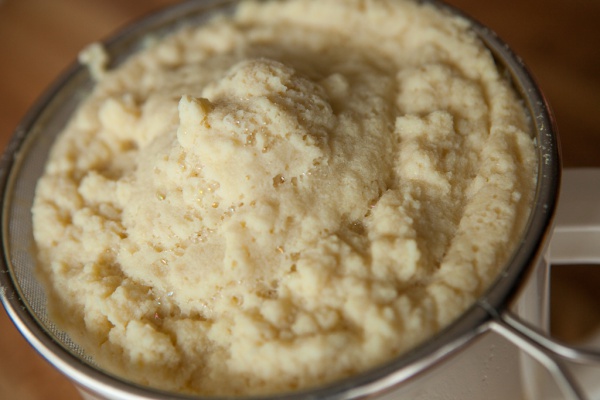Facts About Okara
Okara, also known as soy pulp or tofu dregs, is the residual by-product remaining after the production of soy milk and tofu. It comprises the insoluble parts of soybeans that are filtered out during processing. This by-product is a staple in traditional Japanese, Korean, and Chinese cuisines and has also made its way into various vegetarian dishes in Western countries. Rich in protein, fiber, fats, vitamins, and minerals—including soy isoflavones and vitamin B—okara is highly nutritious. However, it does contain some antinutrients that can complicate digestion.
One significant drawback of okara is its high moisture content, which makes it prone to rapid spoilage and limits its commercial viability. For example, Japan alone produces around 70,000 metric tons of okara annually. Despite these challenges, okara has a variety of uses. It is often employed as livestock feed or as a natural fertilizer due to its nitrogen richness. For human consumption, okara can be found in products such as tempeh, veggie burgers, pâtés, and even ice cream. Additionally, fermenting okara can enhance its nutritional value and improve digestibility.
While okara is nutritious and versatile, disposing of it as waste—often referred to as soybean curd residue (SCR)—raises environmental concerns. Interestingly, SCR has a higher protein efficiency ratio than other soy products, making it a valuable resource. However, commercially extracting these proteins and nutrients remains a challenge.

 North Korea
North Korea